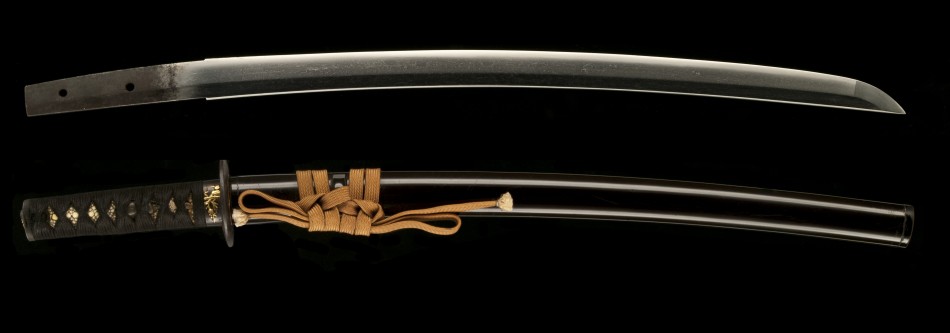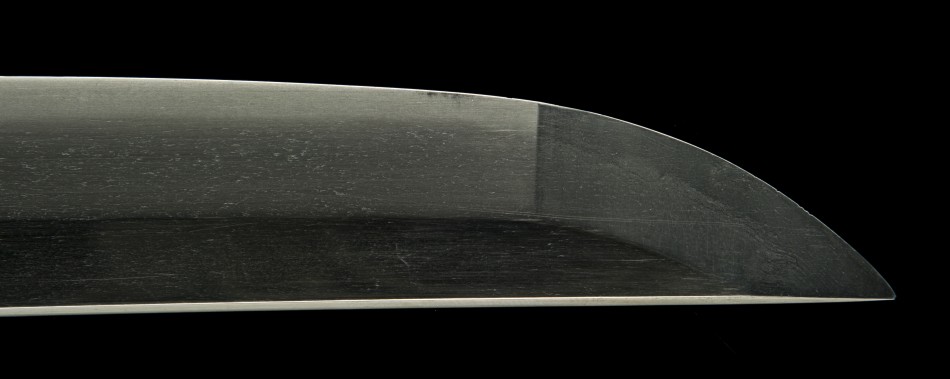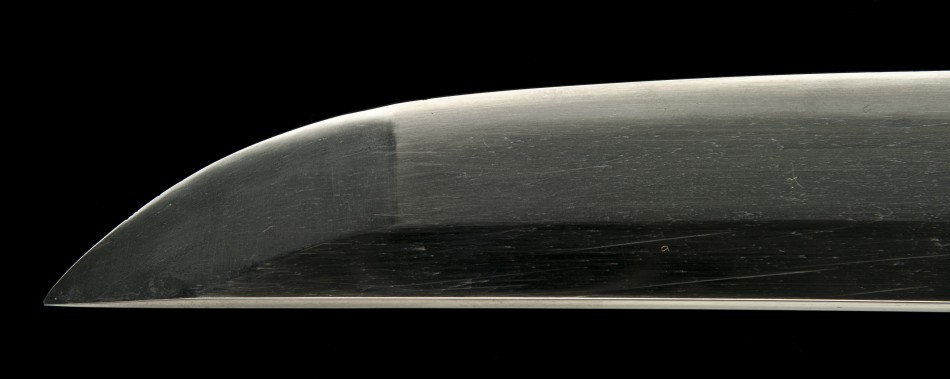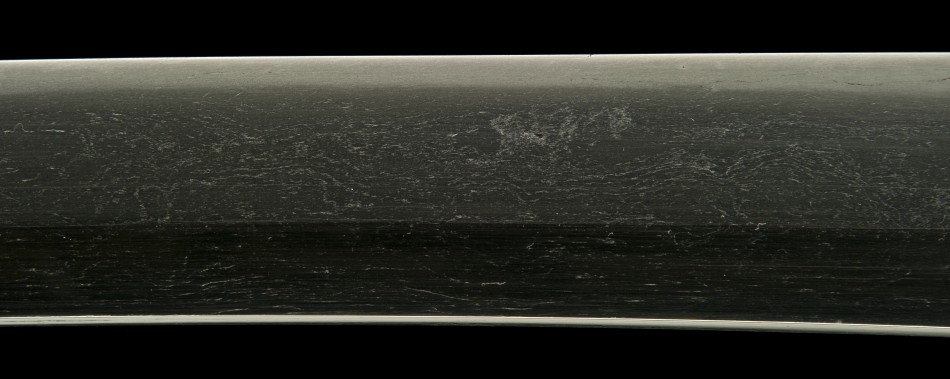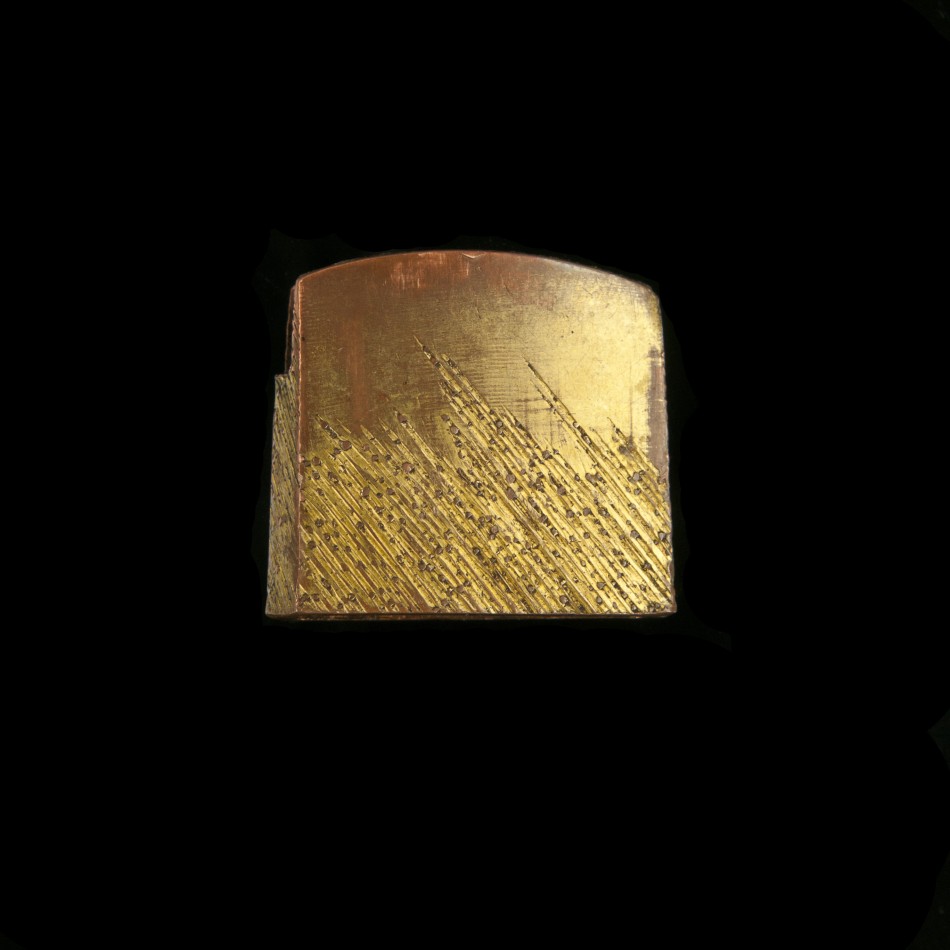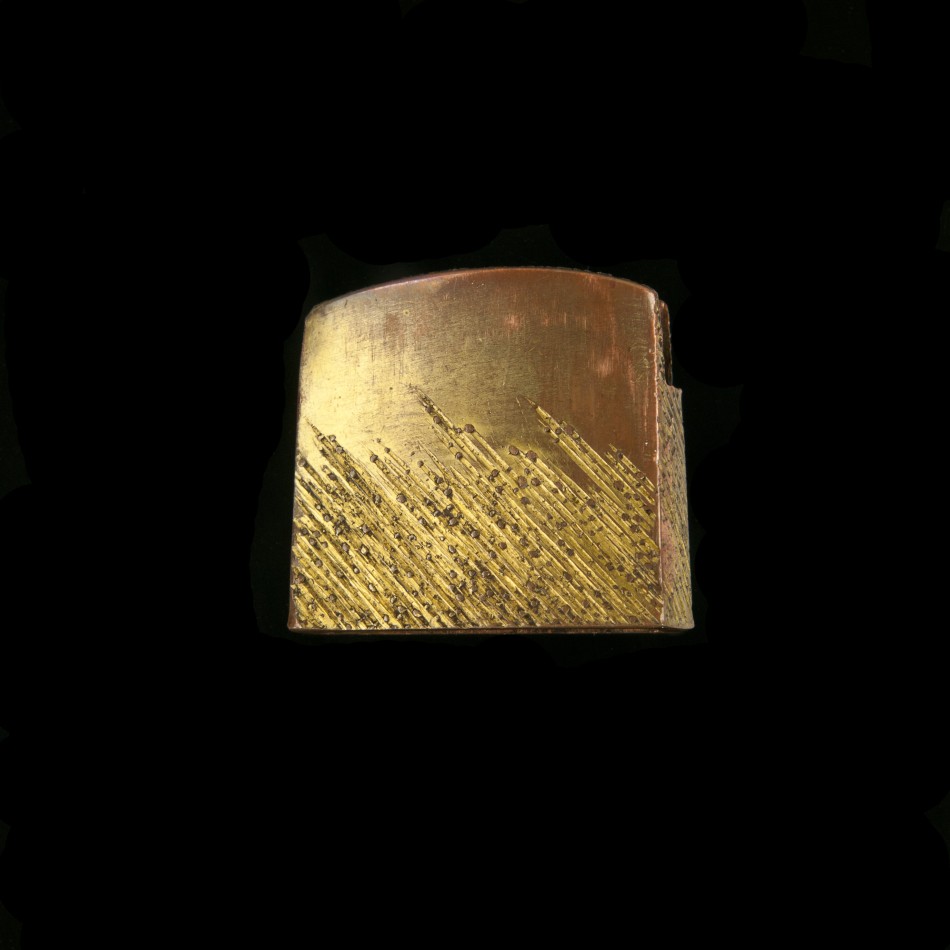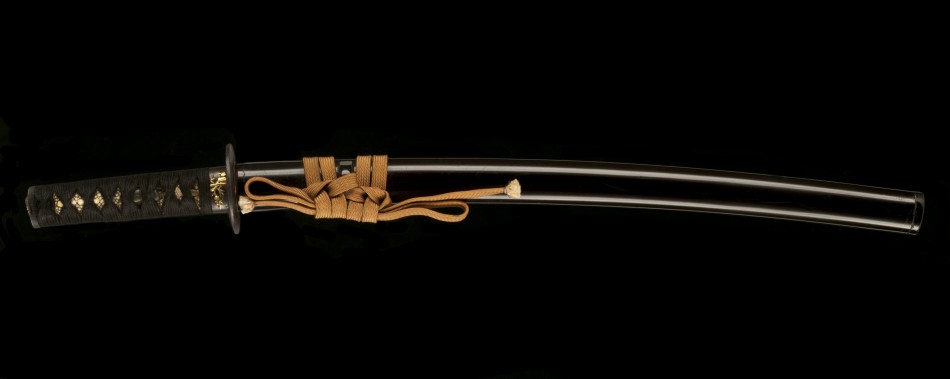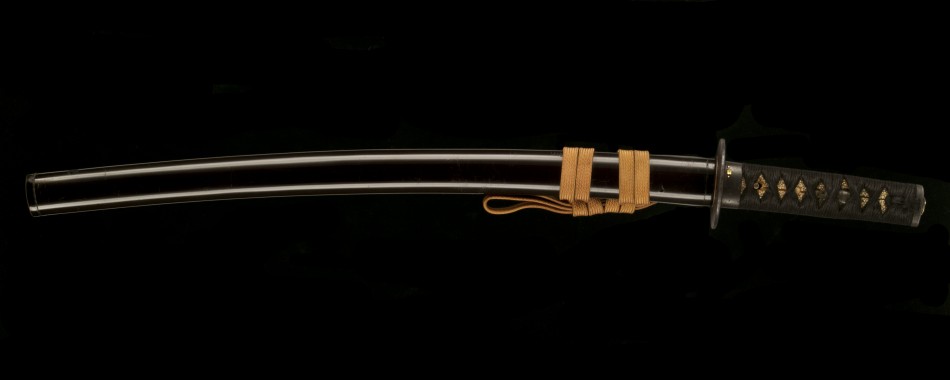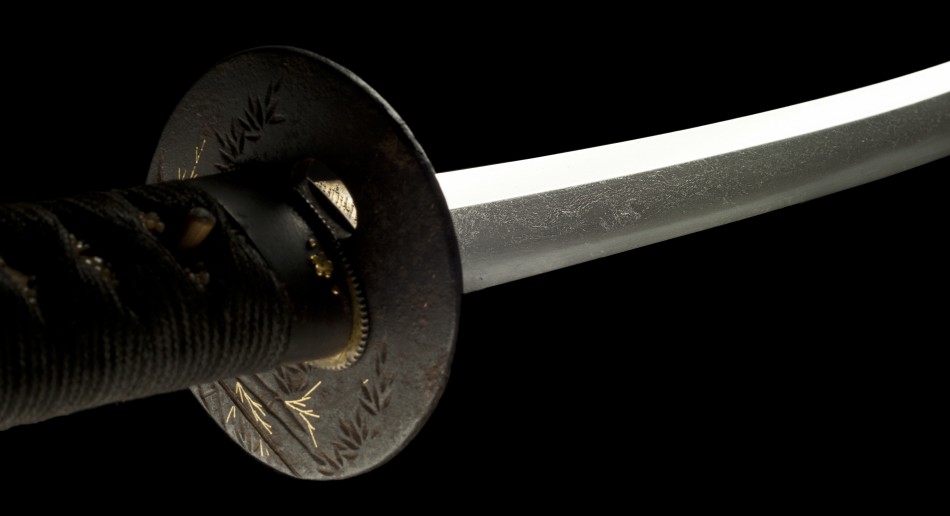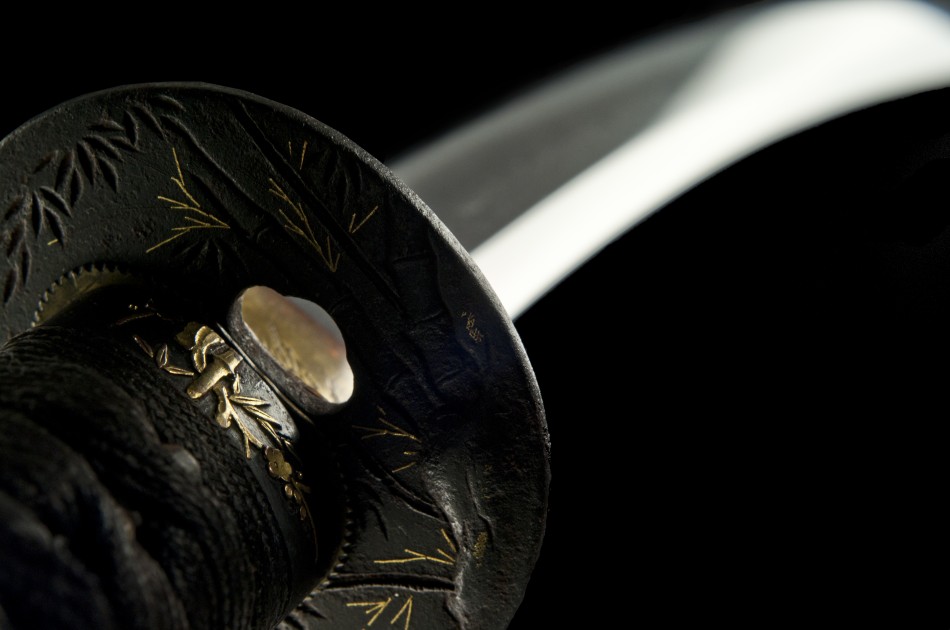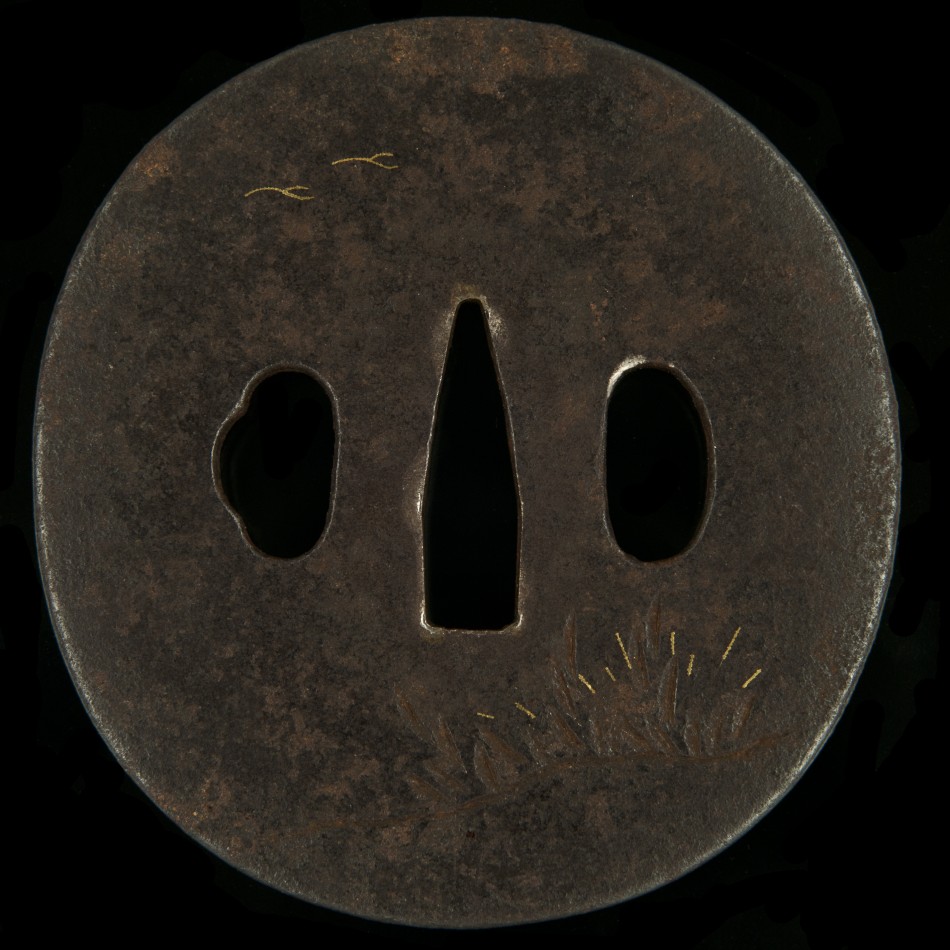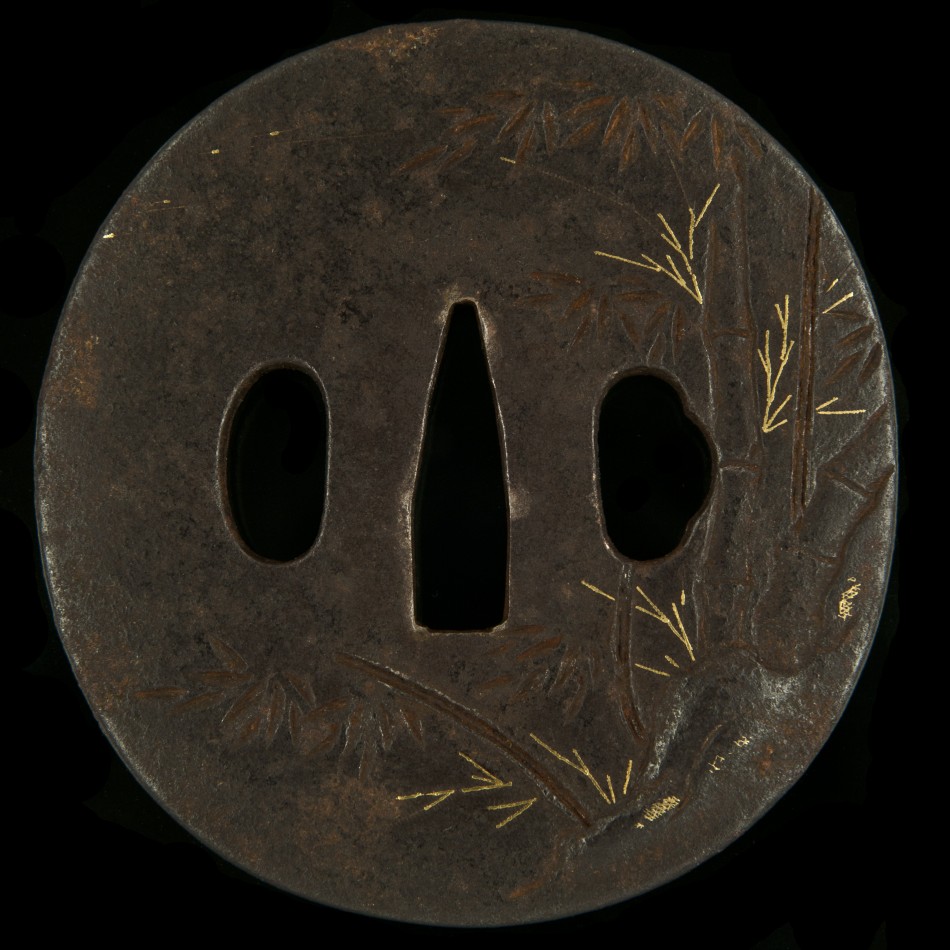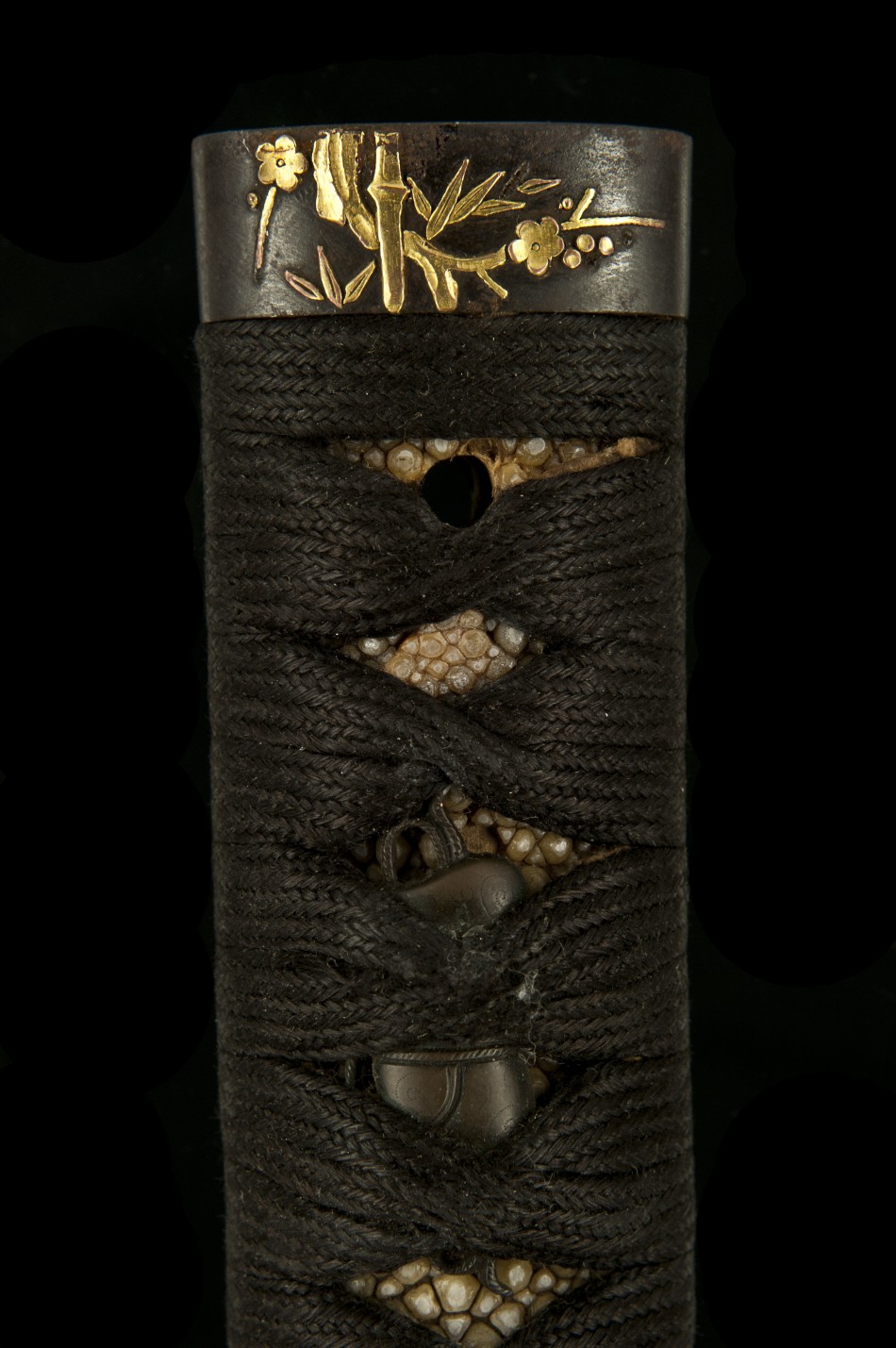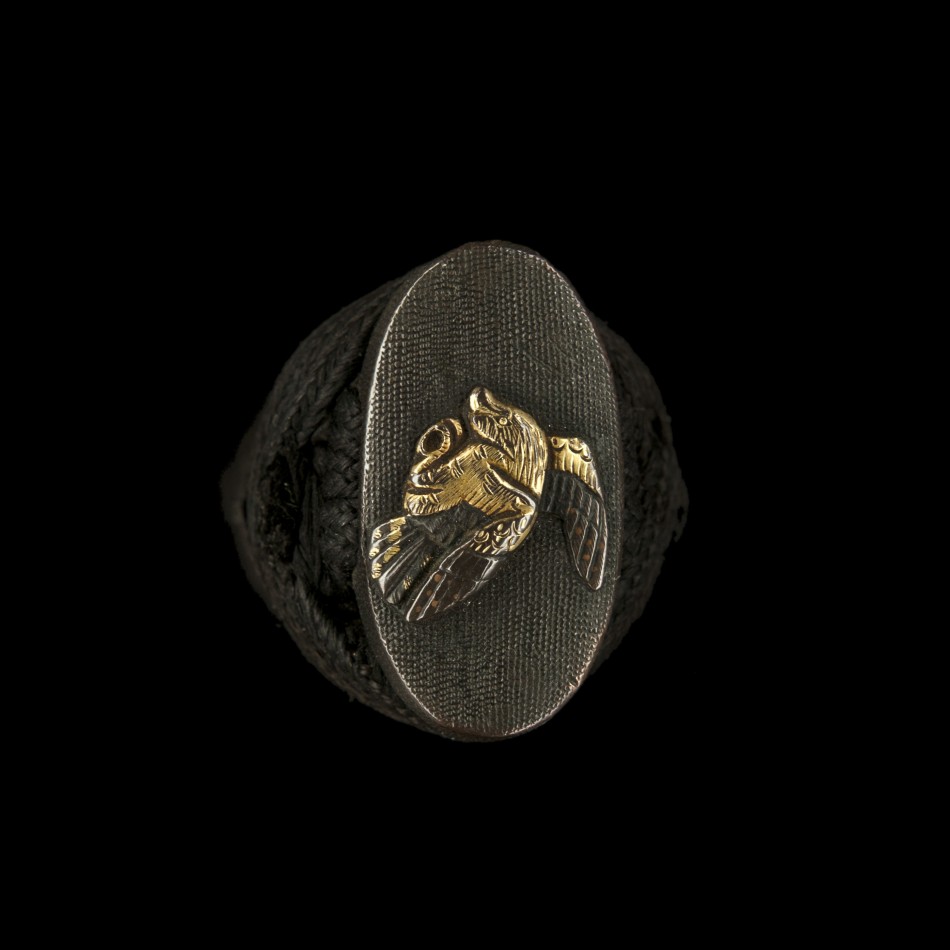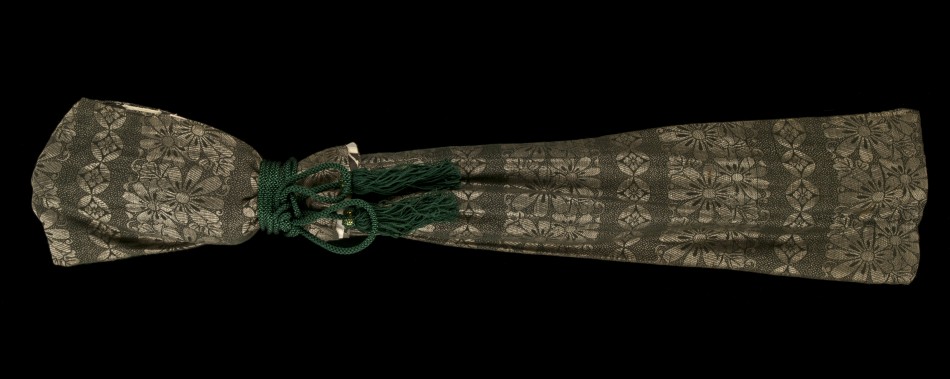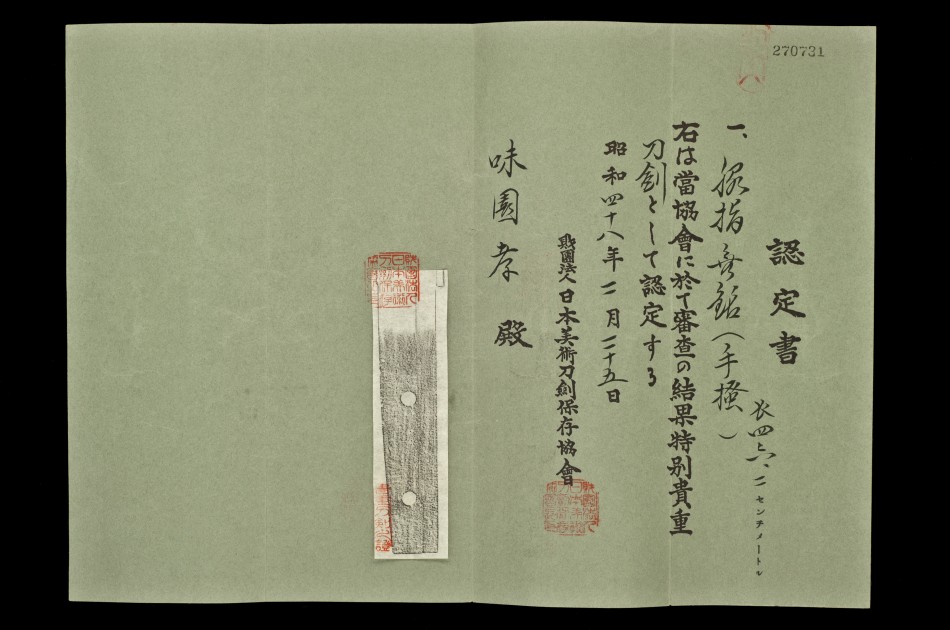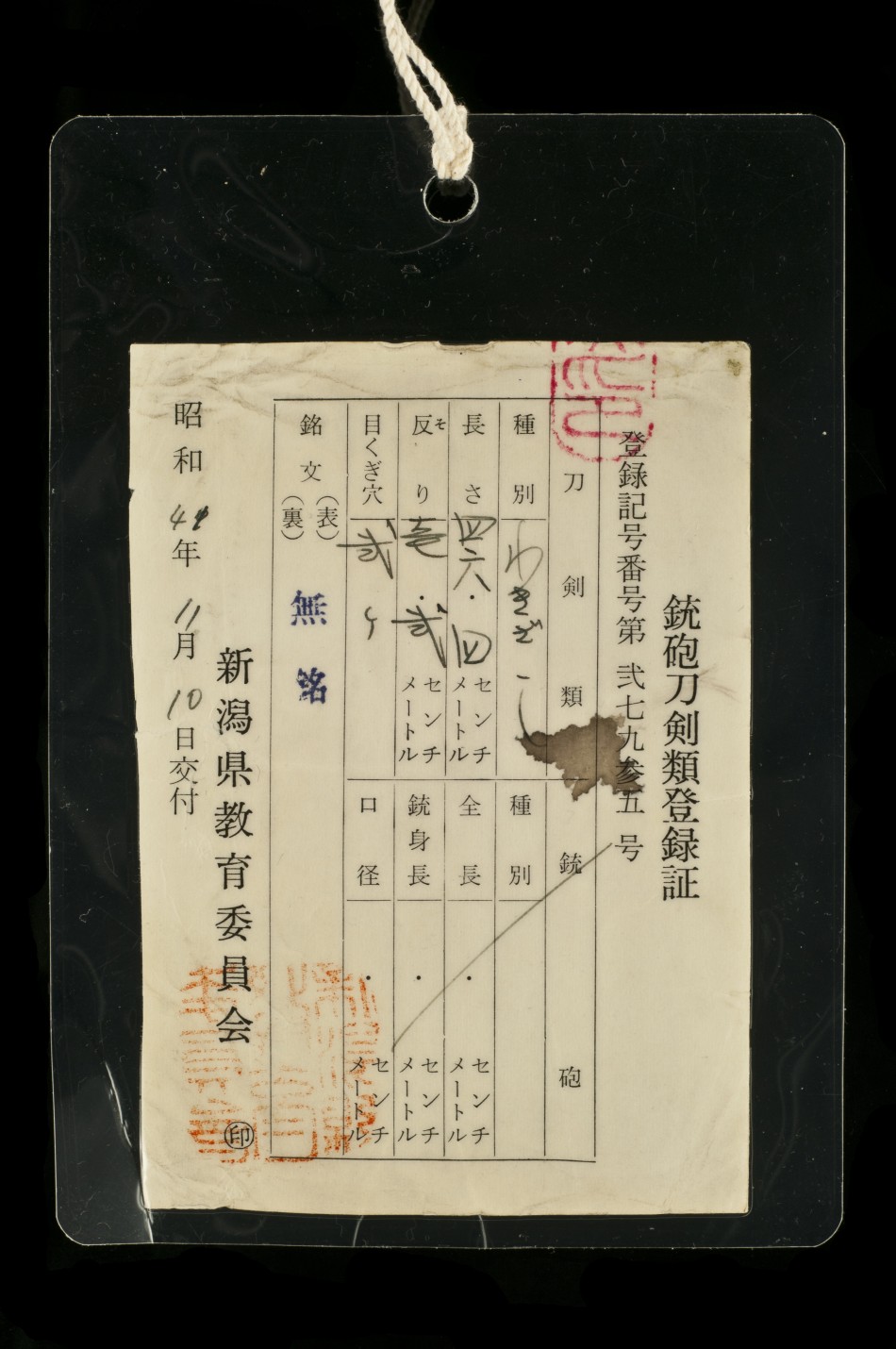A CLASSIC YAMATO TEGAI SCHOOL WAKIZASHI
This sword was sold at the Kamakura Sword Show Vol. V
Overview (full text description follows photos)
Type: Wakizashi (Unsigned, o-suriage)
Item No.: ujwa040
Swordsmith: YAMATO TEGAI SCHOOL
Period: Kamakura Period to End of Nambokucho Period, 13th-14th century, 600~700 years old
Length: 46.4cm
Curvature: 1.2cm
Hamon: Suguha (straight) Notare (wave) temper line
Koshirae: Full koshirae mounting
Certification: Vintage 1973 NBTHK Tokubtesu Kicho (A sword designated especially precious by the Society for the Preservation of Japanese Art Swords)
Included: Tokubetsu Kicho certificate, koshirae (mountings), traditional katana carry bag, sword maintenance kit, illustrated maintenance guide, sword stand, full exportation support to send sword to home country
This sword has been sold
Photos (click for larger view)
*All photos taken professionally by Eric Bossick for Unique Japan
This particular wakizashi was crafted by the Tegai School in the Yamato tradition. The name of the school originated from the Tegaimon (gate) of Todaiji temple in Nara. The smiths lived in the temple town.
The Tegai school was founded in the late Kamakura period by Kanenaga and ceased to be active at the end of the Nambokucho period (circa 1392).
Above: A fine look at the sword’s jihada (body grain). A mixture of mokume (tight wood grain) and masame (straight grain)
Above and below: A close look at the copper habaki wrapped in gold inlay
Above and below: A koshirae with subtle beauty that is all in the details
Above: The swirls of the sword’s body grain is quite spectacular, a reflection of the mystery and quality of 14th century sword making
Above: Where the tsuba meets the fuchi
Above and below: A tsuba with fine gold-leaf bamboo metalwork
BELOW: The fuchi (collar) depicts the “Three Worthies” or “Three Friends”: pine, bamboo, and plum. The pine symbolizes endurance and longevity, the bamboo reflects strength and flexibility, and the plum evokes purity of character.
Above: The menuki (ornamental grip) is of a treasure chest, very unique
Above: A gold eagle flies along the kashira (pommel) of the koshirae
Above: The sword’s silk carry bag
Above: The sword’s vintage NBTHK Tokubetsu kicho certificate (a sword deemed especially precious). Notice the rubbing of the tang (oshigata) rather than a photograph, highly collectible.
Below: The sword’s torokusho (registration card)
Description:
The Yamato school of sword making has the oldest history attached to it.
The Yamato tradition finds its beginnings from the Nara Period in 701 in Uda, Nara prefecture. It is said that Amakuni forged the first swords there.
Legend says that Amakuni rose to the challenge and was able to make swords with a sharp cutting edge (high-carbon) while maintaining a strong and flexible body (lower-carbon count).
Subsequent battles saw none of this swords breaking and the emperor praised him.
His swords were likely very thick, and this ‘meaty look’ is what Yamato swords have come to represent.
This particular wakizashi was crafted by the Tegai School in the Yamato tradition. The name of the school originated from the Tegaimon (gate) of Todaiji temple in Nara. The smiths lived in the temple town.
The Tegai school was founded in the late Kamakura period by Kanenaga and ceased to be active at the end of the Nambokucho period (circa 1392).
For purists, there is nothing like a Yamato sword. Swords made over generations in this tradition share a tremendous amount of commonality. They were pioneers, and given the fact large, powerful temples in Nara provided the majority of funds to smiths, there is a strong religious and imperial element to the tradition.
As Yamato swordsmiths worked directly for temples, it was protocol to NOT sign the swords. Finding a signed Yamato school sword is akin to the Holy Grail in some respects.
This particular example is classic Yamato tradition with all the hallmarks of quality craftsmanship. Powerful with a high shinogi (ridge on each side of the blade) with a straight suguha hamon (temper line).
It also has a tremendous mixture of itame (wood grain swirls) and masame (straight-grain) steel construction in the body of the sword. Craftsmanship did not get much better during this time period.
A lovely set of Edo-period koshirae (mounting) also compliments this very old sword. The fuchi (collar) depicts the “Three Worthies” or “Three Friends”: pine, bamboo, and plum. The pine symbolizes endurance and longevity, the bamboo reflects strength and flexibility, and the plum evokes purity of character.
The unique menuki (eyelets under the silk handle) are of Japanese treasure chest, reflecting the message that life is fleetingly precious.
A very rare golden eagle is also crafted on the kashira (pommel).
This sword was reviewed back in 1973 and granted the vintage NBTHK Tokubetsu Kicho certification, a sword deemed especially precious by the Society for the Preservation of the Japan Art Sword.
Notice the oshigata (paper stencil rubbing of the tang) rather than a photograph that is currently found on certificates issued today.
This is a spectacular piece of early Samurai Japanese history to be very proud to own. PK
Questions?
To request further information or secure immediate ownership of this sword, please email me, Pablo Kuntz.
For steps toward ownership including all payment options, visit 5 Easy Steps to Owning an Authentic Japanese Samurai Sword.
ALL SAMURAI SWORDS from Unique Japan are GUARANTEED AUTHENTIC and come with a 3-DAY WORRY FREE Inspection Period.
Upcoming Sword Shows
If you have the pleasure of living in Japan or visiting the country, we strongly recommend that you come to one of our upcoming sword shows.
At each show, we have dozens of beautiful Japanese swords to you to discover and secure for your immediate ownership.
If you cannot make it to a show, but you see something you would like to own from our website please contact me for purchase inquiries.
Legal Exportation from Japan
Unique Japan has safely sent dozens of swords from Japan to countries all over the world. All legal exportation paperwork is included with every purchase. Please allow about 4 weeks for us to process and ship an order from Japan.



